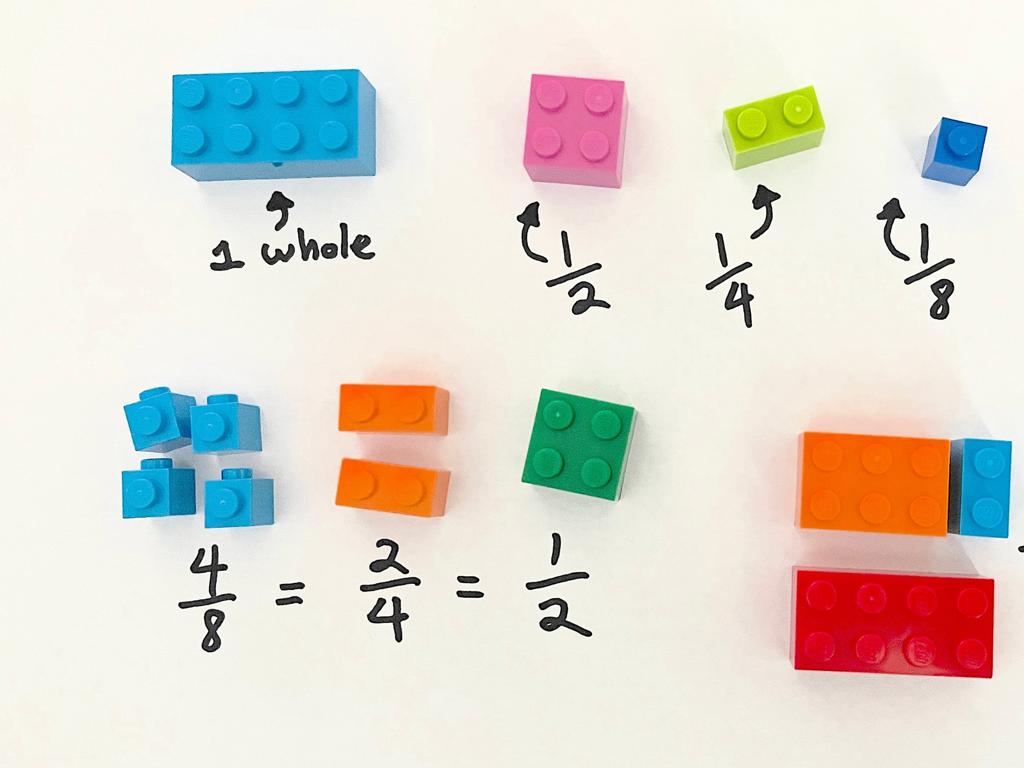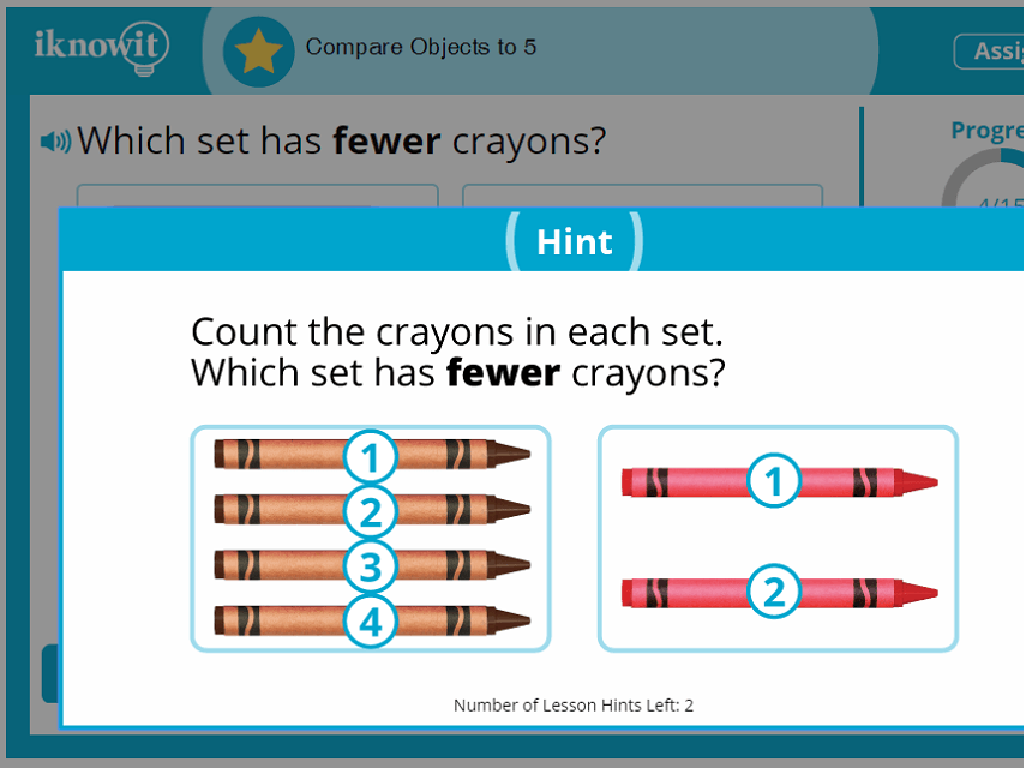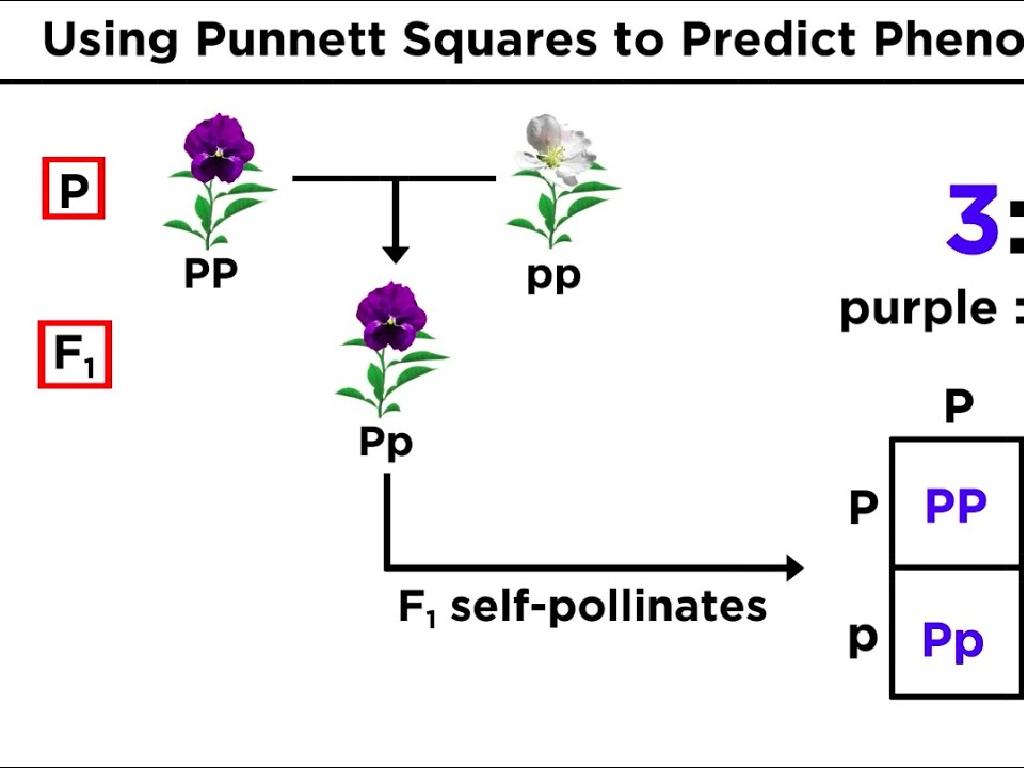Suggest Appropriate Revisions
Subject: Language arts
Grade: Eighth grade
Topic: Editing And Revising
Please LOG IN to download the presentation. Access is available to registered users only.
View More Content
Welcome to Editing and Revising!
– Editing vs. Revising: What’s the difference?
– Editing focuses on correcting grammar, while revising improves the content and structure.
– The role of revising in writing
– Revising is crucial for clarifying your message and engaging the reader.
– How revising improves your work
– It enhances clarity, coherence, and depth in your writing.
– Techniques for effective revising
– Use strategies like peer reviews, reading aloud, and taking breaks before revising.
|
This slide introduces students to the concepts of editing and revising, emphasizing the distinct roles each plays in the writing process. Editing is the technical aspect, dealing with grammar, punctuation, and spelling, while revising is a deeper, more creative process that involves rethinking the organization, ideas, and flow of the writing. Stress the importance of revising as a means to refine thoughts and arguments, making the writing more compelling. Share techniques for revising, such as getting feedback from peers, reading the work aloud to catch inconsistencies, and stepping away from the writing to return with a fresh perspective. Encourage students to see revising not as a chore, but as an opportunity to express their ideas more powerfully.
The Art of Revising Your Writing
– Understanding revision
– Revision: process of making your writing better
– Improving content & structure
– Focus on clarity, effectiveness, and flow
– Rethinking ideas & arguments
– Assess the strength of your arguments and evidence
– Refining paragraphs & sentences
– Organize for coherence, choose precise words
|
Revising is a crucial step in the writing process where the writer improves their draft to make it more effective and coherent. It’s not just about fixing grammar or spelling errors; it’s about re-evaluating the content and structure of the work. Encourage students to ask themselves if their ideas are clear, if their arguments are convincing, and if the organization of their paragraphs leads the reader through their ideas logically. They should also consider the choice of words and whether they convey the intended meaning. In the next class, we can practice revising by working on a sample paragraph together, discussing changes, and explaining why they improve the writing.
Revising for Clarity and Flow
– Weak vs. strong thesis example
– Original: ‘Dogs are good pets.’ Revised: ‘Dogs make loyal and loving pets due to their attentive and protective nature.’
– Improving paragraph transitions
– Use connecting words to guide readers smoothly from one idea to the next.
– Techniques for clearer writing
– Replace vague words with specific details, check for varied sentence structure.
– Practice revising sentences
– Take a sentence and explore ways to make it more direct and engaging.
|
This slide aims to teach students the importance of revising their writing to enhance clarity and improve the flow of ideas. Start by showing an example of a weak thesis statement and how it can be transformed into a compelling one by adding specific details and clear reasoning. Discuss the role of transition words and phrases in connecting paragraphs and maintaining a logical progression of ideas. Emphasize the use of specific language and varied sentence structures to make writing more engaging. Encourage students to practice these techniques by revising sample sentences and paragraphs, and prepare them to apply these strategies to their own writing.
Revising vs. Editing: Enhancing Your Writing
– Revising: Big picture changes
– Look at overall arguments, organization, and flow
– Editing: Grammar and spelling
– Check for typos, punctuation, and language rules
– Revise for content and structure
– Ensure ideas are fully developed and logically ordered
– Edit for clarity and precision
– Refine word choice, sentence structure for clear communication
|
This slide aims to distinguish between revising and editing, two crucial steps in the writing process. Revising involves looking at the text as a whole to improve its overall structure and content, ensuring that the argument is coherent and the ideas are well organized. Editing, on the other hand, is a detailed process focusing on correcting grammatical errors, spelling mistakes, and ensuring language precision. Encourage students to first revise their drafts for content, organization, and development before moving on to edit for language accuracy and clarity. Provide examples of both processes and emphasize the importance of doing both to create polished and effective writing.
Group Activity: Peer Review
– Pair up and swap your drafts
– Use the checklist for feedback
– Look for clarity, structure, and coherence
– Discuss feedback with your partner
– Be open and respectful during the discussion
– Plan your revisions together
– Decide on the best changes to make
|
This group activity is designed to foster collaborative learning and improve writing skills through peer review. Students will work in pairs, exchanging their drafts to apply a revising checklist, which should include aspects such as clarity, structure, voice, and coherence. Encourage students to provide constructive feedback, focusing on strengths as well as areas for improvement. After reviewing, students should discuss the feedback, ensuring that the conversation is respectful and productive. They should then work together to plan their revisions, deciding on the most effective changes to enhance their drafts. As a teacher, circulate the room to facilitate discussions, answer questions, and guide students in their revision planning. Provide examples of constructive feedback and effective revision strategies to help students make the most of this activity.
Class Activity: Essay Revision Workshop
– Read a sample essay collectively
– Highlight areas needing improvement
– Look for unclear sentences, grammar errors, etc.
– Discuss possible revisions
– Suggest better word choices, sentence structures
– Collaboratively rewrite a paragraph
|
This activity is designed to engage students in the revision process by working on a sample essay together. Start by reading the essay aloud, or have students take turns reading it. Then, as a class, identify sentences or sections that are unclear, have grammatical mistakes, or could be expressed more effectively. Encourage students to think critically about word choice, sentence structure, and overall flow. After identifying the areas for improvement, facilitate a discussion on possible revisions. Finally, select a paragraph from the essay and rewrite it as a class, incorporating the students’ suggestions. This will help them understand the practical application of editing and revising skills. Provide guidance and feedback throughout the activity to ensure a productive learning experience.
Homework: Revise Your Essay
– Revisit your essay draft at home
– Apply revision techniques learned
– Use strategies like adding details, reordering sentences, and checking for clarity
– Highlight changes made to the draft
– Use different colored pens or track changes in a document to mark revisions
– Get ready to discuss revisions
|
This homework assignment is designed to reinforce the editing and revising techniques discussed in class. Students should take their essay drafts and apply the strategies learned, such as improving sentence structure, enhancing vocabulary, and ensuring the clarity of their arguments. Encourage them to make their revisions visible by using different colored pens or the ‘track changes’ feature in a word processor. This will make it easier for them to share the specific changes they’ve made with the class. In the next session, create a supportive environment where students can present their revisions and receive constructive feedback from their peers.






